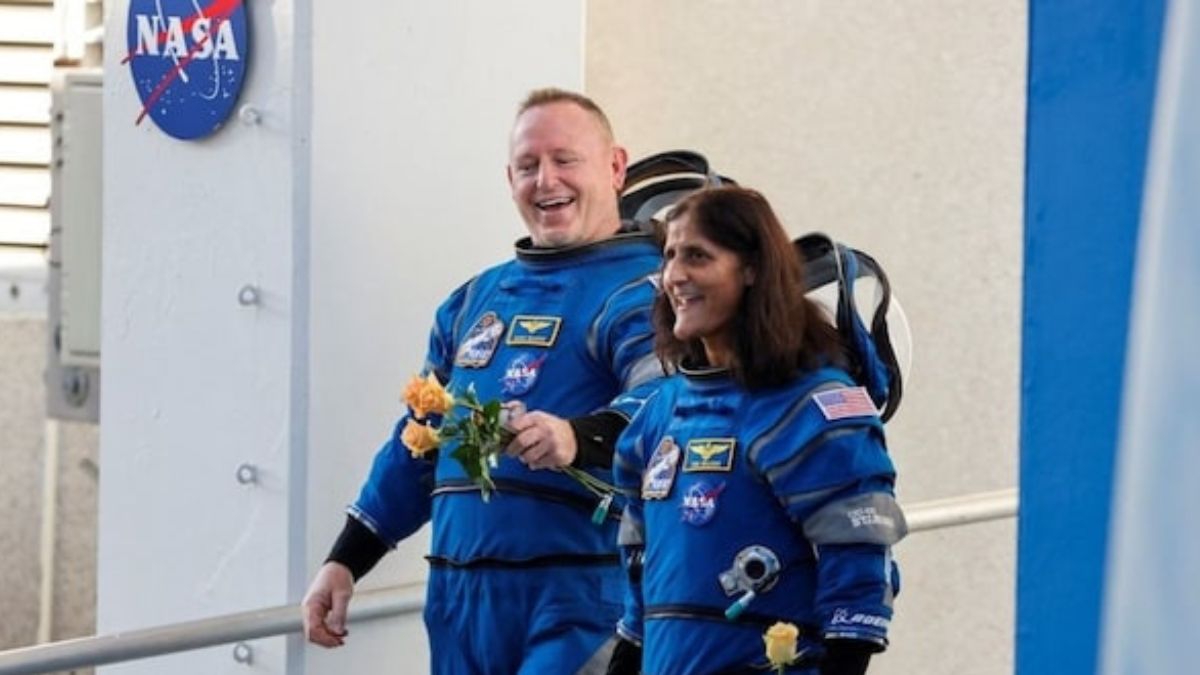
On Tuesday (US local time), NASA astronauts Butch Wilmore and Sunita Williams safely landed in a SpaceX capsule off the coast of Florida. They returned nine months after problems with Boeing’s Starliner spacecraft interrupted their intended week-long stay on the ISS.
For almost 25 years, astronauts from all over the world have been stationed at the International Space Station (ISS), which is 254 miles (409 km) above Earth. The research lab, which is the size of a football pitch and is a major centre for scientific cooperation, is mostly run by the US and Russia.
Williams and Wilmore were both test pilots in the Navy before joining NASA. Williams was a distance runner and competitive swimmer from Needham, Massachusetts, and Wilmore played football at both his school and college in Tennessee.
Months in space can cause bodily problems, such as loss of bone and muscle, fluid changes that can cause kidney stones, visual problems, and readjusting one’s balance when gravity returns. NASA has a thorough understanding of these consequences and manages them. Prior to launch, both astronauts, who were seasoned members of the ISS crew, updated their station training. Three months into their stay, Williams was appointed ISS commander, a role they held until earlier this month.
This is what they ate and survived for nine months:
1. Food on ISS: On November 18 last year, The New York Post claimed that NASA astronauts Butch Wilmore and Sunita Williams had been eating pizza, roast chicken, and shrimp cocktails aboard the International Space Station (ISS).
2. Limited fresh produce: A person familiar with the Boeing Starliner mission concerns described in the study disclosed that the crew’s intake of fresh produce was restricted to maintaining a healthful diet.
3. Variety of food: According to a specialist insider, the astronauts had access to breakfast cereal with powdered milk, pizza, roast chicken, shrimp cocktails, and tuna. NASA physicians kept an eye on their caloric intake.
4. NASA image: A NASA-released image from September 9 showed Wilmore and Williams having a meal on the ISS, with some of these foods.
5. Depletion of fresh food: According to the source, fresh produce was first available but eventually ran out in three months. The source stated in November of last year that “their fruits and vegetables are packaged or freeze-dried — and there is fresh fruit at first, but as the three months go by that goes away.”
6. Food preparation: On Earth, all meat and eggs were already cooked and only needed to be reheated. Water from the ISS’s 530-gallon fresh water tank was used to reconstitute dehydrated dishes like soups, stews, and casseroles. Additionally, the station turns astronaut sweat and urine into drinkable fresh water.
7. Concerns about weight loss: The expert explained that any weight loss was not brought on by the ISS’s food shortage. Therefore, it should be abundantly evident that any weight loss is not the result of inadequate ISS supply. Even for a long mission, there is an ample supply of food. In addition to additional supplies for unforeseen mission extensions, each astronaut aboard the ISS receives approximately 3.8 pounds of food every day.
